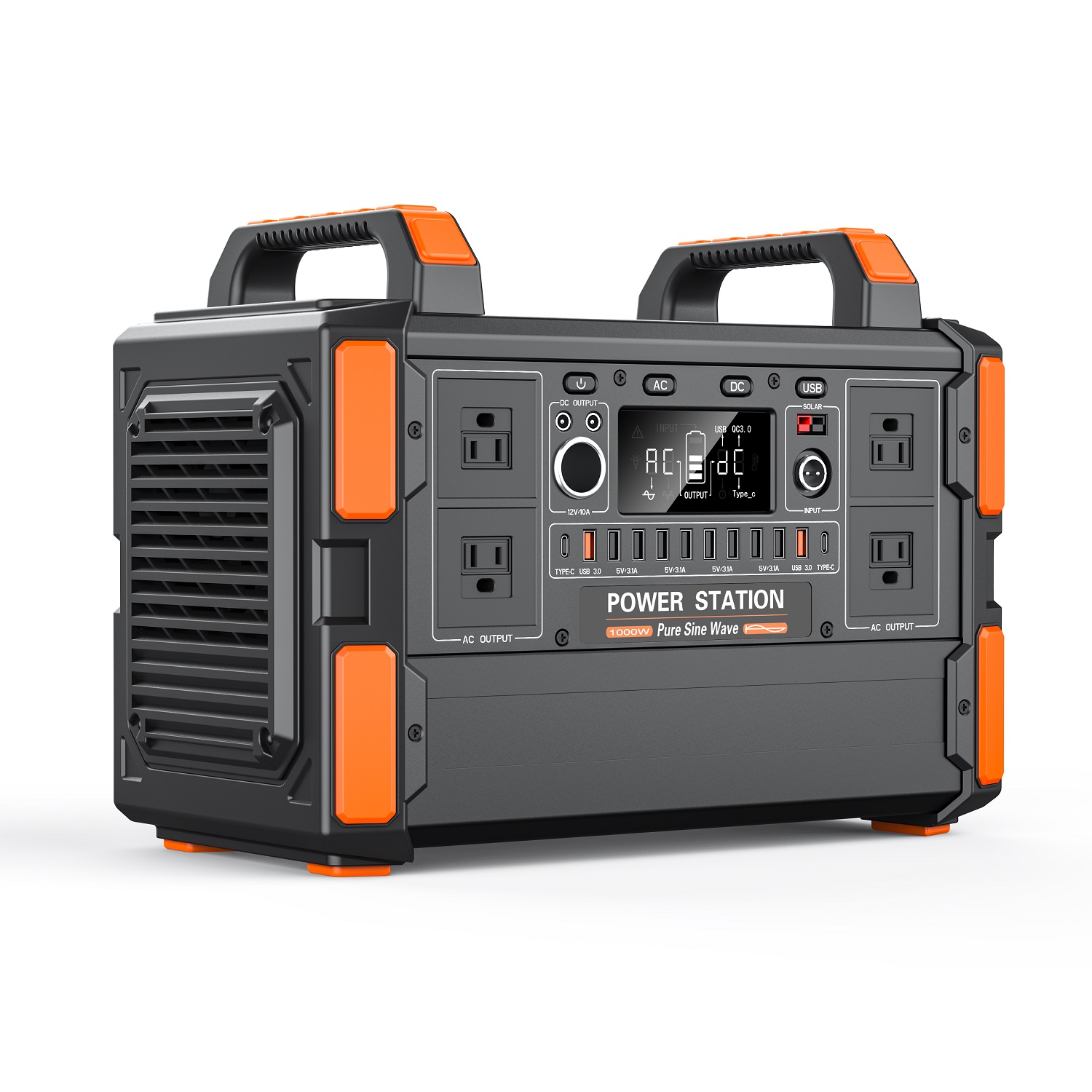Power lithium iron phosphate (LiFePO4) gel batteries are known for their durability and low-maintenance characteristics. However, to ensure optimal performance and longevity, it's still essential to follow recommended maintenance practices. Here are some general maintenance guidelines for power LiFePO4 gel batteries:
Visual Inspection:
Perform regular visual inspections of the battery and its components. Look for signs of physical damage, corrosion, or leakage. Address any issues promptly.
Cleanliness:
Keep the battery and its terminals clean. Use a soft brush or cloth to remove dirt and dust. Avoid using abrasive materials that could damage the battery casing or terminals.
Terminal Tightness:
Check the tightness of the battery terminals. Ensure that the connections are snug but not overly tightened. Loose terminals can lead to resistance, heat generation, and decreased performance.
Verify Connections:
Inspect the wiring and connections associated with the battery, including interconnecting cables. Make sure that all connections are secure and free from corrosion.
Temperature Monitoring:
Monitor the operating temperature of the battery. LiFePO4 batteries are relatively temperature-tolerant, but extreme temperatures can affect performance. Ensure that the battery operates within the specified temperature range.
Charge Voltage:
Regularly check the charging voltage to ensure that it is within the recommended range. Incorrect charging voltage can lead to overcharging, which may damage the battery over time.
Charge and Discharge Parameters:
Avoid over-discharging the battery, as this can negatively impact its lifespan.
Equalization Charging (If Applicable):
Some systems may benefit from occasional equalization charging, which helps balance the voltage of individual cells. Follow manufacturer recommendations for equalization charging intervals.
Capacity Testing:
Periodically perform capacity testing to assess the battery's ability to hold a charge. This can help identify potential issues with individual cells or the overall health of the battery.
Environmental Considerations:
Ensure that the battery is installed in an environment that meets its specified conditions. Protect the battery from exposure to extreme temperatures, humidity, and other environmental factors that could affect its performance.
Scheduled Inspections:
Establish a schedule for more thorough inspections. This may involve checking internal components (if accessible), reviewing battery management system (BMS) data, and verifying the overall health of the battery.
BMS Calibration (If Applicable):
If the LiFePO4 battery is equipped with a Battery Management System (BMS), follow manufacturer recommendations for periodic calibrations. This ensures accurate monitoring and protection of the battery.
Record-Keeping:
Maintain detailed records of maintenance activities, inspection results, and any adjustments made to the battery. This documentation can provide insights into the battery's history and aid in troubleshooting.
It's important to note that power LiFePO4 gel batteries are designed to be low-maintenance compared to some other battery chemistries. Following these general maintenance practices can contribute to the overall reliability and extended lifespan of the battery.



 English
English Español
Español

